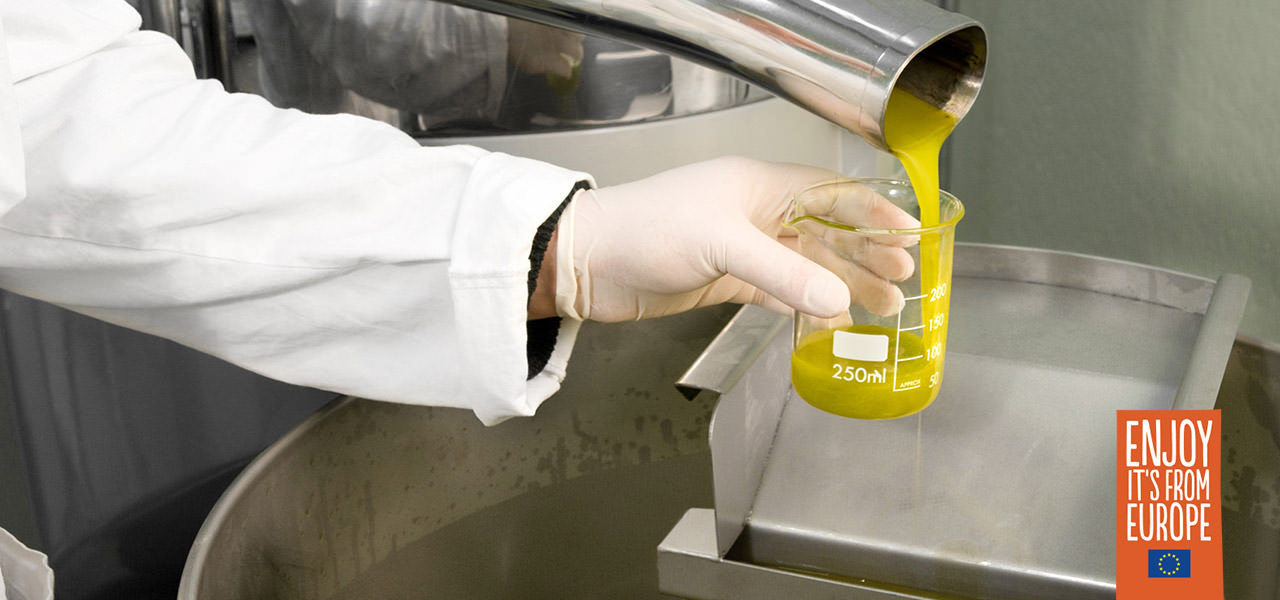
Until a few years ago there was almost nothing indicated on a bottle of oilve oil. However, today we find labels that display seals of PDO (Protected Designation of Origin) or PGI (Protected Geographical Indication) that guarantee the origin of the olives. They may also indicate that the bottles contain oils sourced both from inside and outside the European Union. We must learn to read these labels to make certain the battles made for transparency were not in vain.
The low cost of an olive oil is always linked to low quality. “Clearance” oils at rock bottom prices do not offer a sensory and nutritional combination that is at the level of high quality productions. The price reflects the complexity involved in the creation of the product. Awareness in purchasers allows them to evaluate this difference. Making a quality olive oil has costs that are higher in every step of the process: in the fields, at the olive-press and during preservation. A quality oil costs more but it also gives us greater sensory and nutritional benefits. Do not ever forget that!
We must also never forget that the knowledge about how to purchase quality is not enough if we do not have the proper conservation of the oil. This is an essential step that affects not only the quality of the product with regards to taste, but also its health effects.
Olive oil has three enemies: oxygen, light and heat. It must always be protected. Olive oil is very delicate and that makes it precious. Its original virtues can only be maintained with the proper attention. Above all, avoid decanting bottles or topping up bottles that are not empty.
Nicola di Noia, taken from “Il Raccolto dei Racconti”
